Autumn plant care
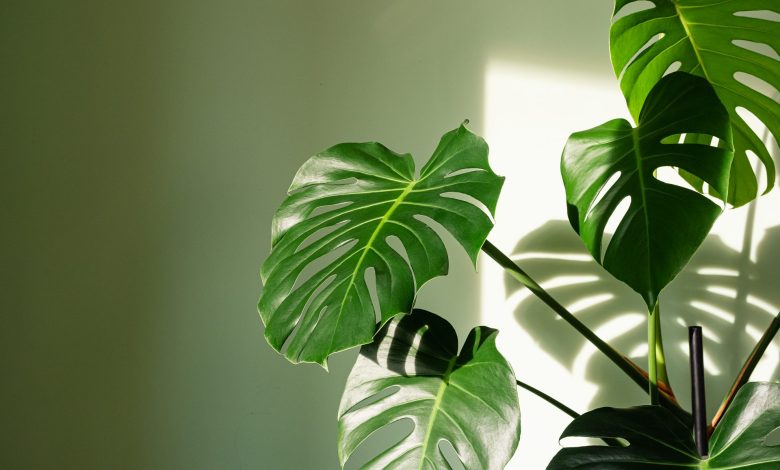

Although we try to resist, the change of season is evidence that we can check day by day. For this reason, and far from being nostalgic for summer, it is time to start planning plant care in autumn if we want them to be prepared to face winter temperatures. The best investment so that, with the coming spring, they look fully and in good health.
For this reason, it is important to know the gardening tasks typical of this time of year. Simple care that will help our plants, both indoors and outdoors, to be prepared for the many changes that autumn brings to them.
And although right now we believe that there is still a lot of time left for the cold, make no mistake: with the beginning of the drop in temperatures, it is the ideal time to start caring for plants in autumn. In this way we promote a fantastic way to ensure that the plants will be protected when winter makes its appearance.
CARE OF PLANTS IN AUTUMN: IRRIGATION, PRUNING AND FERTILIZING
Although the high temperatures will still require us to maintain a good irrigation pattern, we will have to observe the weather to modify the use of this nutrient. This care of plants in autumn fundamentally seeks to help plants live the transition between the high amount of water typical of summer (when the sun causes the temperature to rise) and the few degrees of winter. Thanks to this season, we will be allowing our plants to enter their winter vegetative rest gradually and without creating something that, at this time of year, can be a great detriment to them: excess water.

Keep in mind that as temperatures begin to drop, so will the needs of the plants and their ability to evaporate excess irrigation water. A compelling reason for us to start spacing it out and for us to review the different drainage systems of our plants. During the winter we must be careful to prevent the roots of the vegetables from rotting due to the combination of water and cold.
Since our plants will begin their winter rest, autumn is the ideal time to provide them with help in the form of a slow-release fertilizer (either in granules or in bars). Thanks to this dose, they will be able to nourish themselves and prepare for the lethargy of the cold months, it is also a way to prevent the plant from being weak in these winter months and dying. This last subscriber, until spring begins to emerge, we will have to apply it to both outdoor and indoor plants (which, still in autumn, remain active).
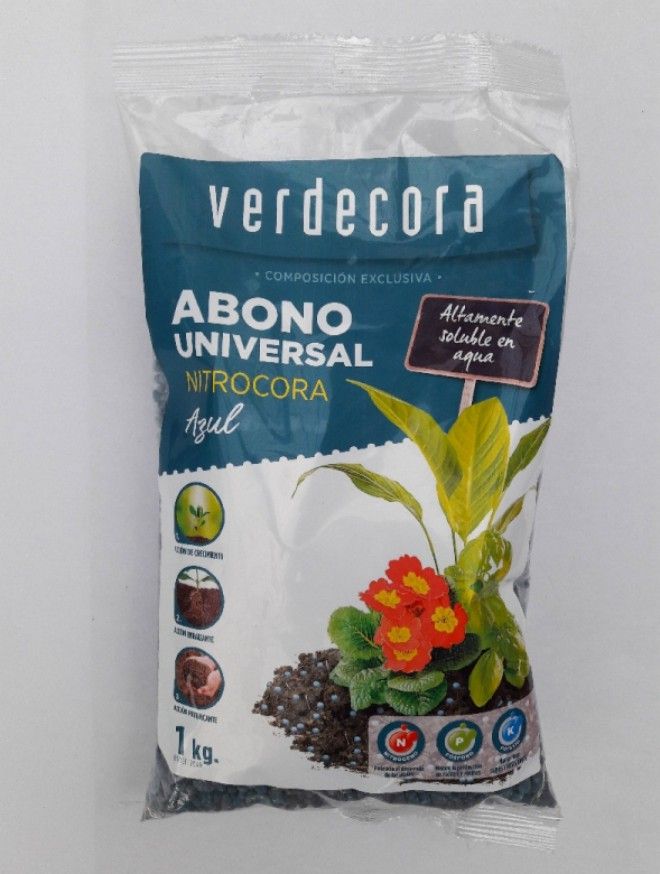
Buy the fertilizer for plants here
In the case of rose bushes, trees and shrubs, we will have to spend a little more time doing a sanitation pruning. Thanks to this act, these specimens will face the winter with no more branches to maintain in the months of nutritional deficiency and, therefore, they will focus their resources on protecting the bulk of the plant from inclement weather.
TIME TO PLANT AND TRANSPLANT
Contrary to popular belief, the beginning of autumn is an ideal time to plant and transplant some plant species. If we have in mind to plant trees or shrubs, it is important to keep in mind that these are not evergreen (winter is the best time for them).
In addition to these larger-format plants, the beginning of autumn is also the ideal time to start planting those flowering plants that will resist the cold, such as: Pansies, Violas or Cyclamen, which will cheer us up with their colors on winter days.. If we start sowing at the beginning of autumn, we will be allowing these plant species to gradually acclimatize to the change in temperature and the progressive decrease in light.
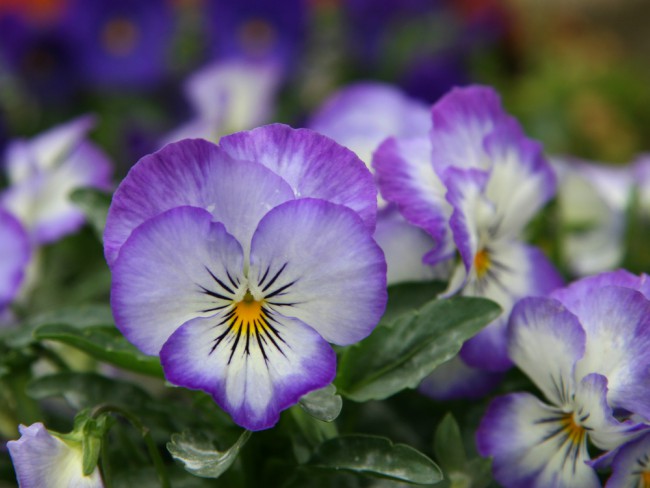
If in addition to having our mind on this fall we also have it set on spring, we will have to start planning and planting fall bulbs. Those that now need to have their own hole in our garden, and that will begin to fill it with color from the end of February. If we want to enjoy flowers as beautiful and unique as those of the Tulip, the Crocus, the Hyacinth or the Narcissus, it is now when we will have to plant them.
And just like we plant new bulbs, fall is the time to dig summer bulbs out of the ground and put them away for next year. Ideally, once dug up, we store them in a dry place with little light, waiting for the time to replant them.
PROTECTING AUTUMN PLANTS, THE LAST STEP
Although we have left it for last, this task is as important as the previous ones. A care of autumn plants that will help us protect them from the cold so that they look in all their splendor next year.
Thus, we will begin by putting spring and summer flowers in pots that we know suffer from low temperatures. For them, the ideal is to place them in a place sheltered from the cold and frost of winter, which may well be under the roof on a terrace or even inside a greenhouse. Let’s banish when reading the word greenhouse that idea that they are only large, because we can count on others of small size that adapt, even, to the size of a balcony. If we have a garden and it has fruit trees, now is also the time to start planning the use of hibernation nets. Some inseparable companions of this type of trees during the winter.
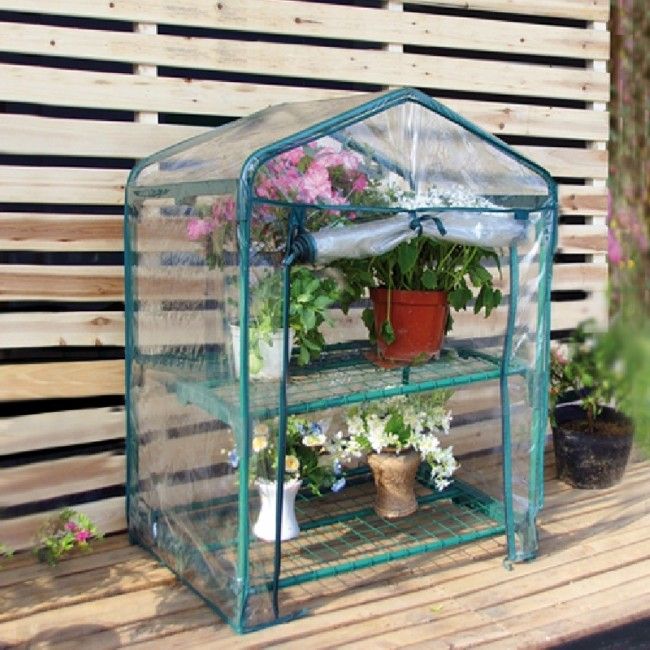
Visit its features here
For those outdoor plants (including trees and shrubs) planted in the ground or with large pots, the ideal is that we choose to protect the roots using pine bark, compost or mulch. Thanks to any of these three elements, we will be ensuring that this layer acts as a shield against frost.
Some simple plant care in autumn that will guarantee us to be able to enjoy them next year!
If you are thinking of planting, buy autumn plants online> Flowers and Plants
If you need to protect your plants, find the greenhouse you need> Protection

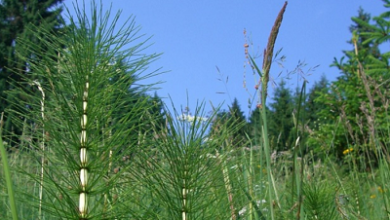

![Photo of The Beech Tree: [Cultivation, Care, Irrigation, Pests and Diseases]](https://www.complete-gardening.com/wp-content/uploads/2022/08/the-beech-tree-cultivation-care-irrigation-pests-and-diseases-390x220.jpg)
![Photo of Prune a Laurel: [Importance, Time, Tools, Considerations and Steps]](https://www.complete-gardening.com/wp-content/uploads/2022/08/prune-a-laurel-importance-time-tools-considerations-and-steps-390x220.jpg)